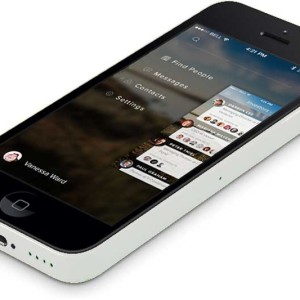
10 Principles of UX
1. The Experience Belongs to the User: Designers do not create experiences, they create artifacts to experience. This makes all the difference.
Since experience is subjective it cannot be designed in quite the same way that a physical product can. However, that doesn’t mean we can’t design the framework within which people experience our product/service. If our framework is solid, then great experiences will be a common occurrence.
2. UX is Holistic: The experience is not just the product anymore. It is made up of all touch-points of a larger system, from the product to the support to the way your neighbor talks about it. Not all of these things are designable in the same way, but all can be designed for on some level.
3. Great User Experiences are Invisible: When people are having a great experience, they rarely notice the hard work that has been put into place to make it happen. This is as it should be…our job as UX professionals is to be so successful that nobody talks about us.
4. UX is a Lifecycle: People experience the world over time…nothing happens at once. As such, people don’t immediately have a good experience with most things. There is a lifecycle that must be gone through, starting with awareness, building up to first-time use and going into regular use and even decline. These steps are relatively stable.
5. Context is King: In an age when it is easy to create products and content quickly, the missing piece becomes context: how does what we create fit into the lives of the people we create it for? Discovering the ins and outs of context is why UX professionals do so much user research, as the subtleties of context are a sharp blade.
6. Great Experience is about Control: The worst feeling in the world is to feel out of control. When people feel out of control, they simply don’t have a good time. This doesn’t mean that you can’t surprise people or provide serendipity for them, it means that users need to feel like they are always able to take the next step (or bow out) at their request.
7. UX is Social: Time was when a person’s experience with a computer was a solo affair. The most they did was to email someone and get a response. Boy have times changed! We are not dealing with individuals any longer…we’re dealing with entire social lives. Not only are we dealing with how a person behaves on their own, but we are dealing with how someone behaves in an ever-changing landscape of public to private, where each shade of gray affects their behavior differently.
8. Psychology is Primary: Software is getting easier to use all the time. The one with the psychological edge will win. This means that we have to dive deeply into the psychology of use, play, product adoption, and social interaction to create the best experiences.
9. UX is a Conversation: UX, like marketing, is a conversation. As UX professionals we are creating a dialog with users in which the goal is to find out how we can best help them do what they want to do. Therefore, UX becomes a service, not a one-off product, that is constantly reacting to the changing needs of our audience. The conversation is both how we deliver and how we find out how to make it better.
10. Great Experiences are Simple: Simplicity is much more than the trite “less is more” we so often hear. Simplicity is not about volume; it’s about clarity. If people can understand or use something with little difficulty, then you’ve made something simple. It may have been a Herculean effort to make it so, but simple is not always easy to design…it only appears that way.
Source: 52weeksofux.com .
Share :


